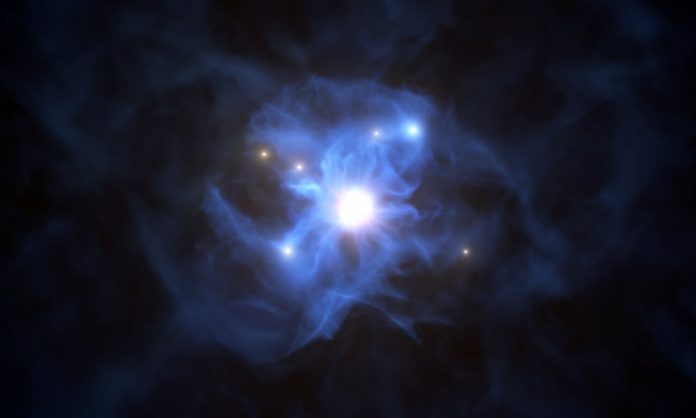On Tuesday, LeoLabs, a company that monitors the paths of space junk in low-Earth orbit, announced on Twitter it was tracking a potential conjunction—that’s space-speak for a mid-orbit crash—tonight between a defunct Soviet satellite and a discarded Chinese rocket stage.
We are monitoring a very high risk conjunction between two large defunct objects in LEO. Multiple data points show miss distance <25m and Pc between 1% and 20%. Combined mass of both objects is ~2,800kg.
Object 1: 19826
Object 2: 36123
TCA: Oct 16 00:56UTC
Event altitude: 991km pic.twitter.com/6yWDx7bziw— LeoLabs, Inc. (@LeoLabs_Space) October 13, 2020
“This is a potentially serious event. It is between 2 large objects and at high altitude, 991km,” former astronaut and LeoLabs co-founder Ed Lu tweeted. “If there is a collision there will be lots of debris which will remain in orbit for a long time.”
The combined mass of the two objects, which are expected to zip past each other at a whopping relative velocity of about 32,900 miles per hour, is an estimated 6,170 pounds. LeoLabs has since updated its models … and things are looking grim.
According to the company’s latest calculations, the objects are expected to come within 80 feet of each other (±59 feet). The probability of a collision is greater than 10 percent. If the satellites collide, the impact could spread a network of debris throughout low-Earth Orbit.
One of the objects is Parus 64 (Kosmos 2004), a Soviet navigation satellite, which launched on February 22, 1989 and weighs around 1,700 pounds. (It also has a 55-foot-long gravity boom, according to Jonathan McDowell, an astronomer at the Harvard Smithsonian Center for Astrophyics, who tracks space junk.) The other is a Chinese-made CZ-4C rocket stage, which is about 2o feet long and is suspected to have launched in 2004.
LeoLabs noted the CZ-4C rocket stage will pass over one of the company’s New Zealand-based radars shortly after the expected close approach. This should provide enough data to reveal the fate of the two objects and detect any new debris.





























